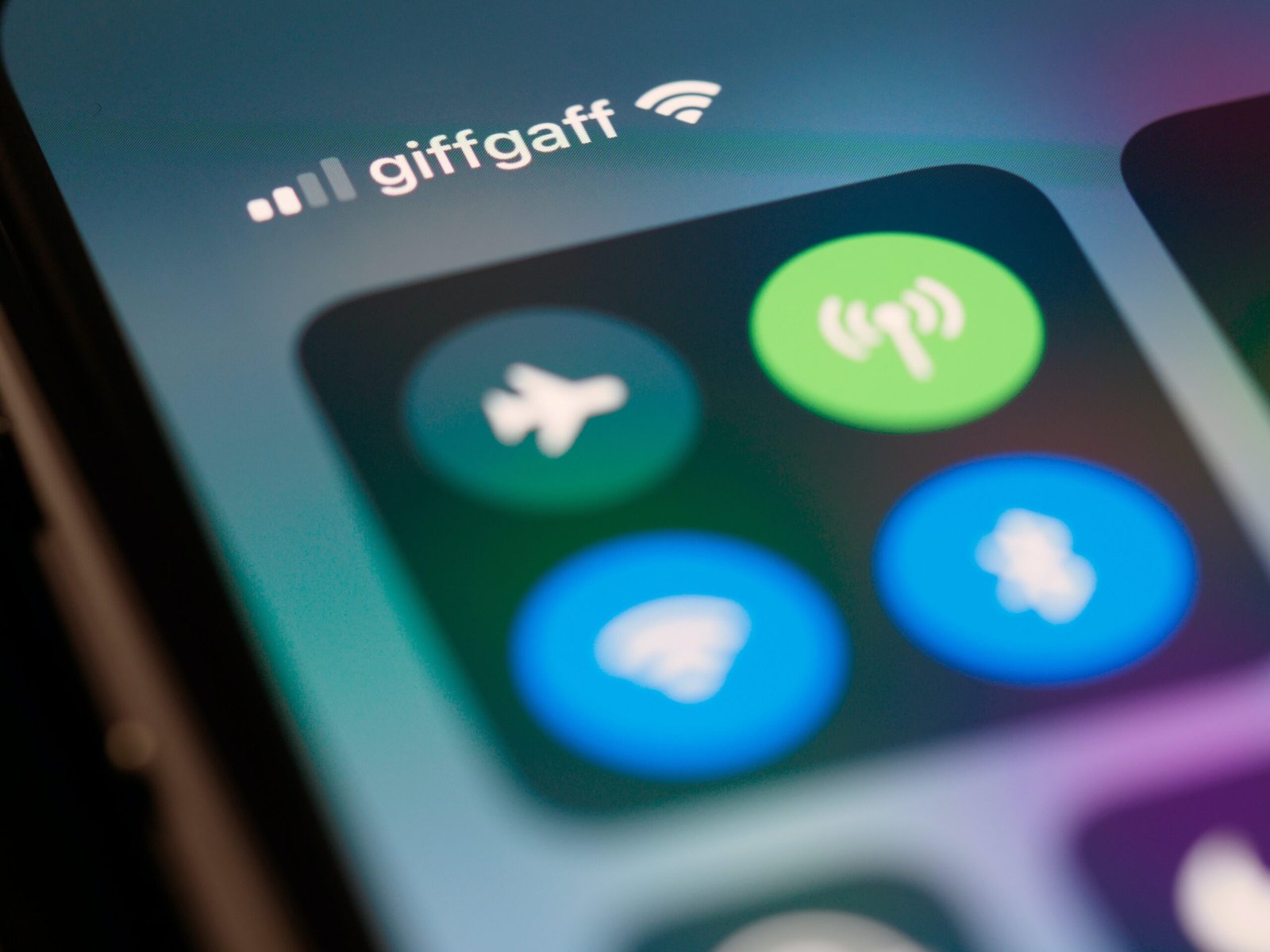Bluetooth is a wireless technology that allows users to communicate and exchange data in a short amount of time within a short distance using short-wavelength. Many personal electronic devices or (PEDs) such as smartphones, headphones, computers, speakers and other various gadgets use Bluetooth technology. The purpose of Bluetooth technology is to create a simple and universal way to connect and communicate between devices without the need for physical cables. How does it work?
Bluetooth technology uses radio waves to connect devices wirelessly. When two Bluetooth-enabled devices are nearby, they can connect and communicate via low-power radio waves. It is commonly used in everyday life, allowing users to connect and transfer data. When two Bluetooth devices want to get connected, they must first go through a process known as pairing. The devices exchange security keys and establish a secure connection during pairing. Once paired, the devices will automatically connect when they are in range. For example, when you want to connect your mice and keyboard to your computer or to connect your headphones to your phone to listen to the latest podcasts.
Furthermore, Forward Error Correction or FEC is an important method in Bluetooth technology that ensures accurate and high-quality connections. By adding unnecessary details to the original data and using Convolutional Coding, FEC allows devices to detect and fix data transmission errors. The introduction of FEC in Bluetooth has greatly enhanced its performance and dependability.
Bluetooth technology is classified into different types based on the range and power consumption of devices that use the protocol. The main types are:
Classic Bluetooth (Basic Rate/Enhanced Data Rate): This is the first version of Bluetooth technology, which launched in 1998. Classic Bluetooth employs the Basic Rate (BR) and Enhanced Data Rate (EDR) protocols to reach maximum data transfer rates of 1 and 3 Mbps, respectively. Classic Bluetooth devices, such as linking a wireless headphone to a smartphone, are commonly found in personal area networks (PANs).
Bluetooth Low Energy (BLE): Bluetooth Smart, or BLE, was released in 2010 as a more power-efficient replacement to Classic Bluetooth. BLE devices uses a separate protocol known as Bluetooth Smart, which allows for slower data transfer speeds of up to 1 Mbps. This makes Bluetooth Low Energy (BLE) excellent for low-power applications like fitness trackers and smartwatches.
In addition, various factors can affect the performance and efficiency of Bluetooth devices, including signal strength, interference, device compatibility, and range limitations. Users can optimize their devices’ performance by taking steps to minimize these factors, such as moving devices closer together, reducing interference, ensuring compatibility, and maximizing the range.
In conclusion, Bluetooth technology provides a simple and universal way to connect and communicate between personal electronic devices without the need for physical cables. It operates using radio frequency communication, frequency-hopping spread spectrum, and predetermined protocols to ensure efficient and secure data transmission.



